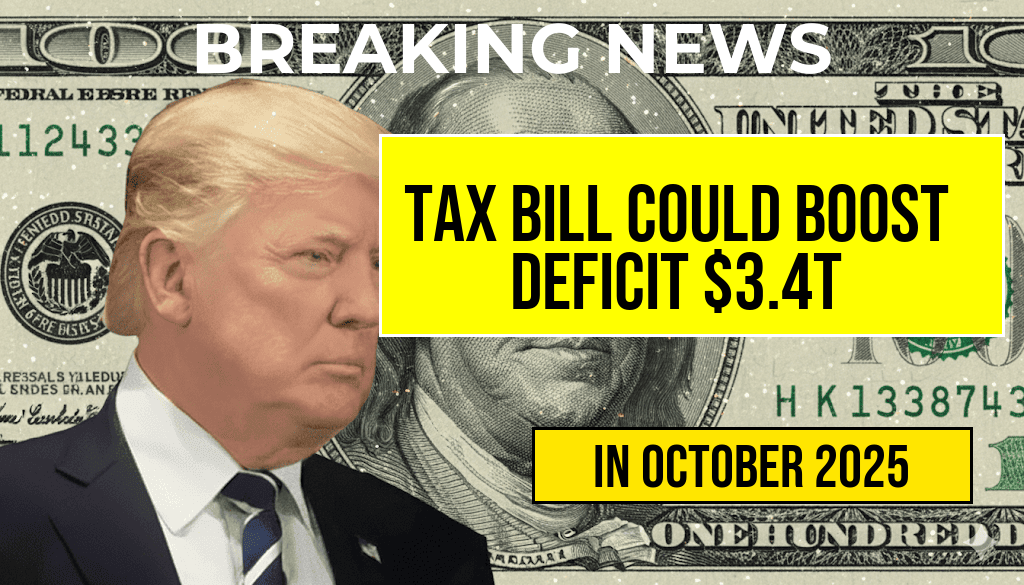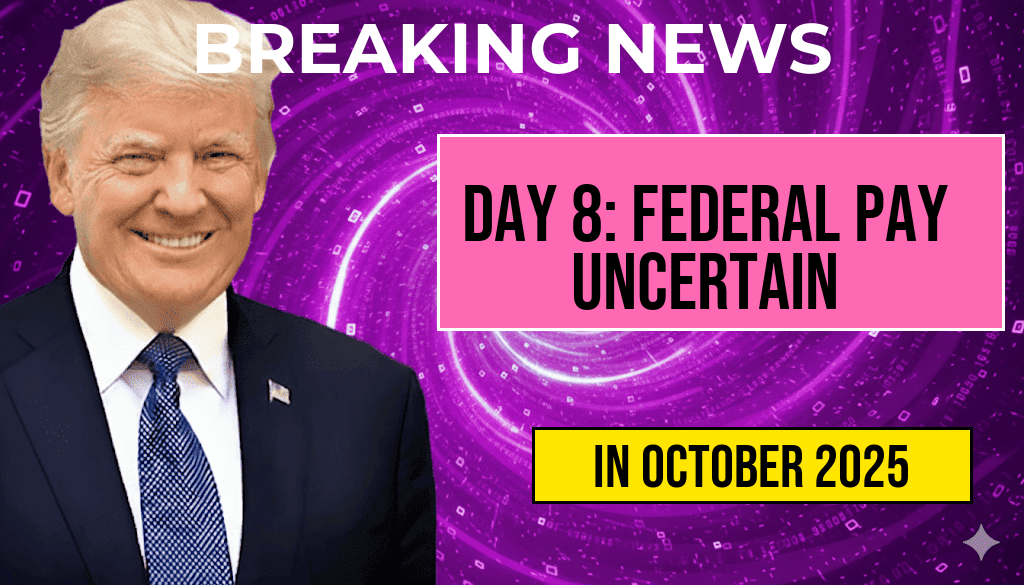Recent analysis of the proposed One Big Beautiful Bill reveals potential risks that could significantly increase the federal deficit by approximately three point four trillion dollars. While lawmakers tout the legislation as a comprehensive reform aimed at boosting economic growth and addressing long-standing issues, critics warn that its fiscal implications may undermine the nation’s financial stability. The bill, currently under debate in Congress, encompasses a broad array of policy changes, including tax reforms, infrastructure investments, and social program expansions. However, preliminary estimates suggest that the revenue offsets and cost savings embedded within the legislation may fall short, leading to a sharp rise in the deficit if enacted as currently drafted.
Overview of the Legislation
The One Big Beautiful Bill is intended to serve as a sweeping overhaul of various economic sectors. The bill proposes significant tax cuts for corporations and high-income individuals, increased funding for infrastructure projects, and expanded social safety net programs. Advocates argue that these measures would stimulate economic activity, create jobs, and modernize critical public systems. Opponents, however, express concern that the bill’s fiscal structure lacks sufficient revenue sources to offset its increased spending and tax reductions, potentially adding trillions to the national debt over the next decade.
Projected Fiscal Impact
According to recent estimates from the Congressional Budget Office (CBO), if the bill passes without modifications, the federal deficit could grow by approximately $3.4 trillion over the next ten years. This projection is based on current assumptions about revenue loss from tax cuts and increased expenditures. The CBO analysis highlights several key factors contributing to this surge:
- Tax Cuts for Wealthy and Corporations: The bill proposes reducing income tax rates for high earners and corporations, which could decrease federal revenue by over $2 trillion during the decade.
- Infrastructure and Social Spending: The expansion of infrastructure funding and social programs is estimated to cost upwards of $1.5 trillion, with some allocations yet to be fully detailed.
- Limited Revenue Offsets: While some provisions aim to close loopholes and increase enforcement, the expected savings may fall short of covering the new spending commitments.
Expert Perspectives and Concerns
Fiscal Responsibility and Economic Growth
Economic analysts caution that the bill’s current structure may prioritize short-term growth at the expense of fiscal sustainability. Dr. Emily Carter, a senior economist at the Urban Institute, notes, “The potential increase in the deficit could have long-term repercussions, including higher interest rates and reduced flexibility to respond to future economic crises.” She emphasizes that without robust revenue measures, the bill risks exacerbating debt levels already nearing historic highs.
Political Dynamics and Legislative Challenges
The bill’s path through Congress is complicated by partisan divisions, with fiscal hawks voicing strong opposition to the projected deficit increase. Some lawmakers argue that the legislation should include more comprehensive revenue measures, such as closing tax loopholes or implementing new taxes on high-net-worth individuals, to mitigate its fiscal impact. Conversely, proponents maintain that the bill’s economic benefits will eventually offset the initial deficit increase through higher growth and employment.
Potential Policy Adjustments
| Approach | Description |
|---|---|
| Enhance Revenue Measures | Implement targeted tax reforms to increase revenue, such as closing offshore loopholes or introducing minimum corporate taxes. |
| Limit Spending Commitments | Introduce caps or sunset clauses on new spending initiatives to prevent long-term cost escalation. |
| Prioritize Cost-Effective Programs | Focus on investments with proven economic returns, reducing allocations to less impactful initiatives. |
Public and Market Reactions
The financial markets have responded cautiously to the bill’s prospects, with bond yields fluctuating amid concerns over rising debt. Meanwhile, public opinion remains divided, with some constituents supporting the bill’s potential to stimulate growth and others worried about mounting debt burdens. Economists and policymakers continue to debate whether the bill’s benefits can outweigh its fiscal risks, emphasizing the importance of careful legislative design.
Next Steps
As the legislative process unfolds, lawmakers are expected to negotiate modifications aimed at reducing the projected deficit increase. Amendments may include higher revenue measures or stricter spending controls. The bill’s success hinges on balancing economic ambitions with fiscal responsibility, a challenge that will shape the country’s economic trajectory for years to come. For more on the potential impacts of fiscal policy changes, see Federal debt of the United States.
Frequently Asked Questions
What is the main concern raised in the article about the new bill?
The article highlights that the One Big Beautiful Bill could potentially increase the federal deficit by three point four trillion dollars, raising concerns about its long-term fiscal impact.
How might the bill affect the national budget and deficit?
The bill’s proposed provisions could lead to a significant increase in the national deficit by approximately three point four trillion dollars, potentially straining government finances and impacting economic stability.
Who are the primary stakeholders concerned about this bill?
Key stakeholders include taxpayers, fiscal policymakers, economic analysts, and government officials who are worried about the bill’s implications for fiscal responsibility and future economic growth.
What are the potential economic consequences of increasing the deficit by this amount?
An increase of this magnitude could lead to higher interest rates, inflation, and reduced investor confidence, which may negatively impact overall economic stability and growth.
Are there any suggested alternatives or measures to mitigate the deficit increase?
The article suggests that policymakers consider revenue-raising measures, spending reforms, or budget adjustments to mitigate the projected deficit increase and ensure fiscal sustainability.






